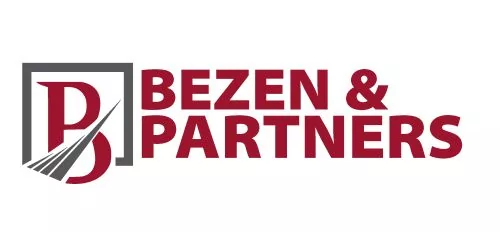Introduction
The Law Amending the Code of Execution and Bankruptcy and Certain Laws numbered 7101 has been published in the Official Gazette dated 15 March 2018 and numbered 30361 (the "Law").
The Law, prepared on the basis of the recommendations of the Council for the Improvement of the Investment Environment, introduces various amendments to the Code of Execution and Bankruptcy numbered 2004 (the "CEB") the Law of International Arbitration numbered 4686, the Turkish Commercial Code numbered 6102 and the Law on Legal Service numbered 7201.
Possibly the most notable among the considerable suite of amendments introduced by the Law are those concerning pre-insolvency restructuring methods available under the CEB.
Konkordato over deferral of bankruptcy
The Law abolishes the institution of "deferral of bankruptcy" which had become increasingly popular in the market until 2016 when state of emergency decrees (Decrees numbered 669 and 673) temporarily suspended its application on the grounds that the institution was susceptible to abuse and introduces a refreshed version of the pre-existing konkordato (moratorium) institution to fill the legal vacuum.
Konkordato had fallen out of favour on the grounds that it arguably did not provide sufficient relief to debtors while, on the other side of the scale, it was not sufficiently creditor inclusive and overly time-consuming to provide path to a meaningful recovery.
The refreshed konkordato proceedings aim to find new balance by providing enhanced creditor control, routes to quicker resolution of disputes and appropriate debtor relief.
An overview of the new konkordato proceedings is as follows:
- A "temporary konkordato period" of up to 3 months with a possibility of extension up to 2 months will be granted to debtors while the court assesses the proposed restructuring plan. "Temporary konkordato periods" will generally carry the same consequences and offer the same debtor relief as a definitive konkordato period.
- A "definitive konkordato period" of up to 1 year with a possibility of extension up to 6 months will be granted to debtors when their restructuring plan is approved.
- "Definitive konkordato periods" can be cancelled and konkordato applications can be rejected by the court if the debtor's financial situation sufficiently improves.
- The court may appoint a "creditors committee" consisting of up to 7 (seven) creditors in order to ensure that creditors are appropriately represented in any related proceedings.
- All debt collection and enforcement proceedings including for State claims under the Law on the Collection Procedure of Public Receivables will not be suspended during the definitive konkordato period. However, attachment proceedings can be initiated for claims that benefit from a preference under law and security enforcement proceedings may be initiated but secured assets may not be sold or confiscated.
- Unless otherwise stated in the konkordato project, no further interest will accrue on unsecured claims.
- Commercial agreements may not be terminated as a result of the initiation of konkordato procedures or the debtor's konkordato request and claims may not be accelerated for this reason.
- Article 307 of the CEB, which provides debtors the ability to defer the sale of pledged assets for a maximum period of 1 (one) year during konkordato proceedings, now extends to assets sourced by way of financial leasing.
Other notable amendments
Other notable amendments the Law introduces to bankruptcy proceedings under the CEB include the following:
- Assets which present an economic or commercial unity or which can be expected to generate higher liquidation proceedings if liquidated together, will be liquidated as a whole.
- State claims for certain in rem taxes, which used to have preference over liquidation proceeds, will be settled after creditor claims secured by the relevant assets.
- Bankruptcy offices will have discretion to manage the properties of bankrupt debtors (such as storages, factories and/or production facilities etc.) pending the first creditors' meeting instead of sealing-off such facilities.
- The timeline for certain actions by bankruptcy offices, such as the decision on the liquidation method to be observed and the preparation of the claims schedule are reduced in order to expedite bankruptcy proceedings.
The content of this article is intended to provide a general guide to the subject matter. Specialist advice should be sought about your specific circumstances.




